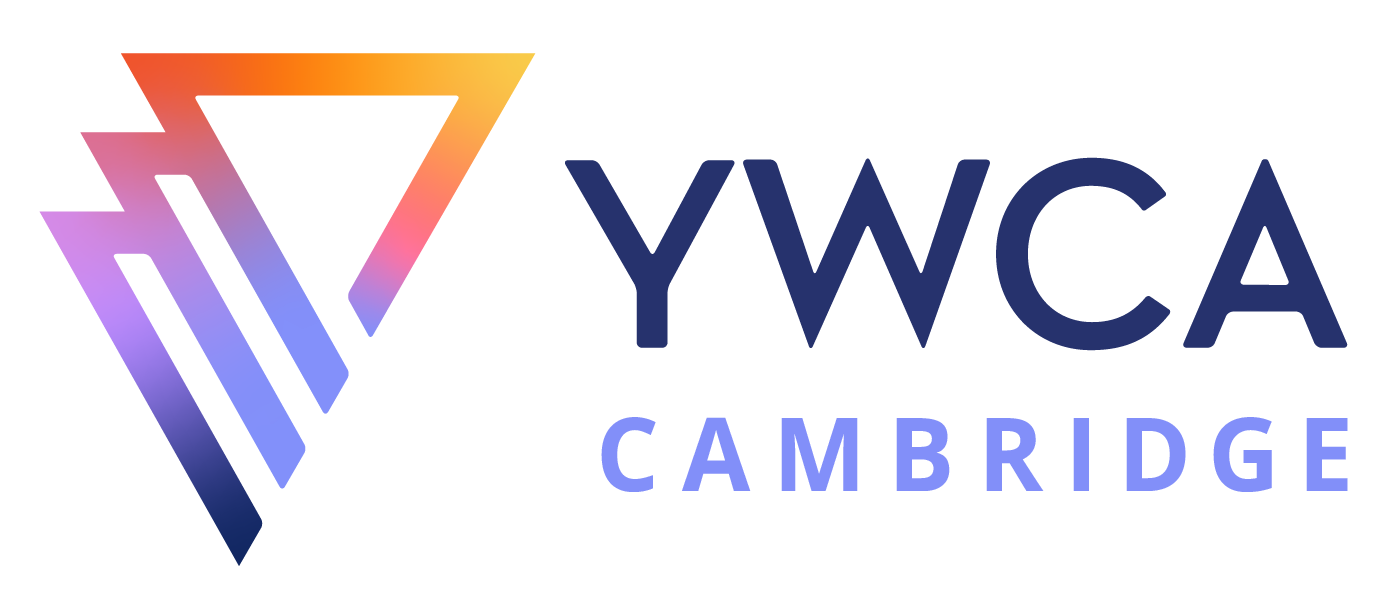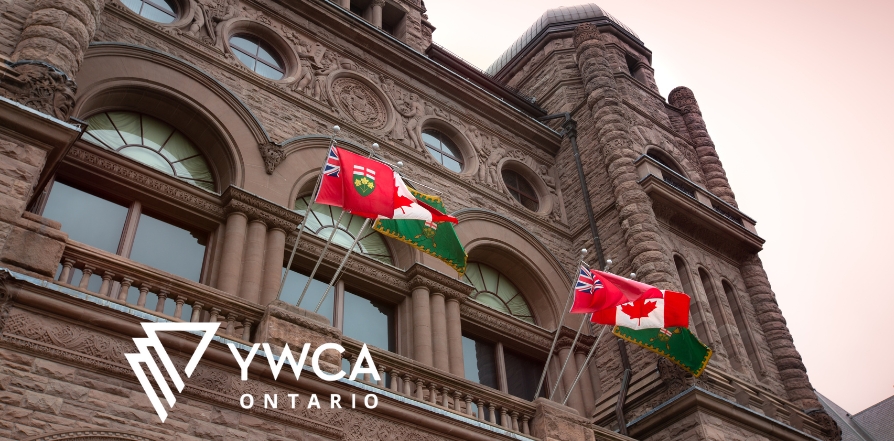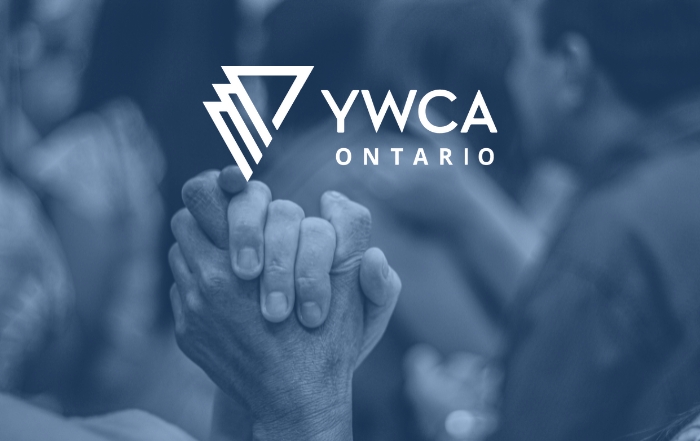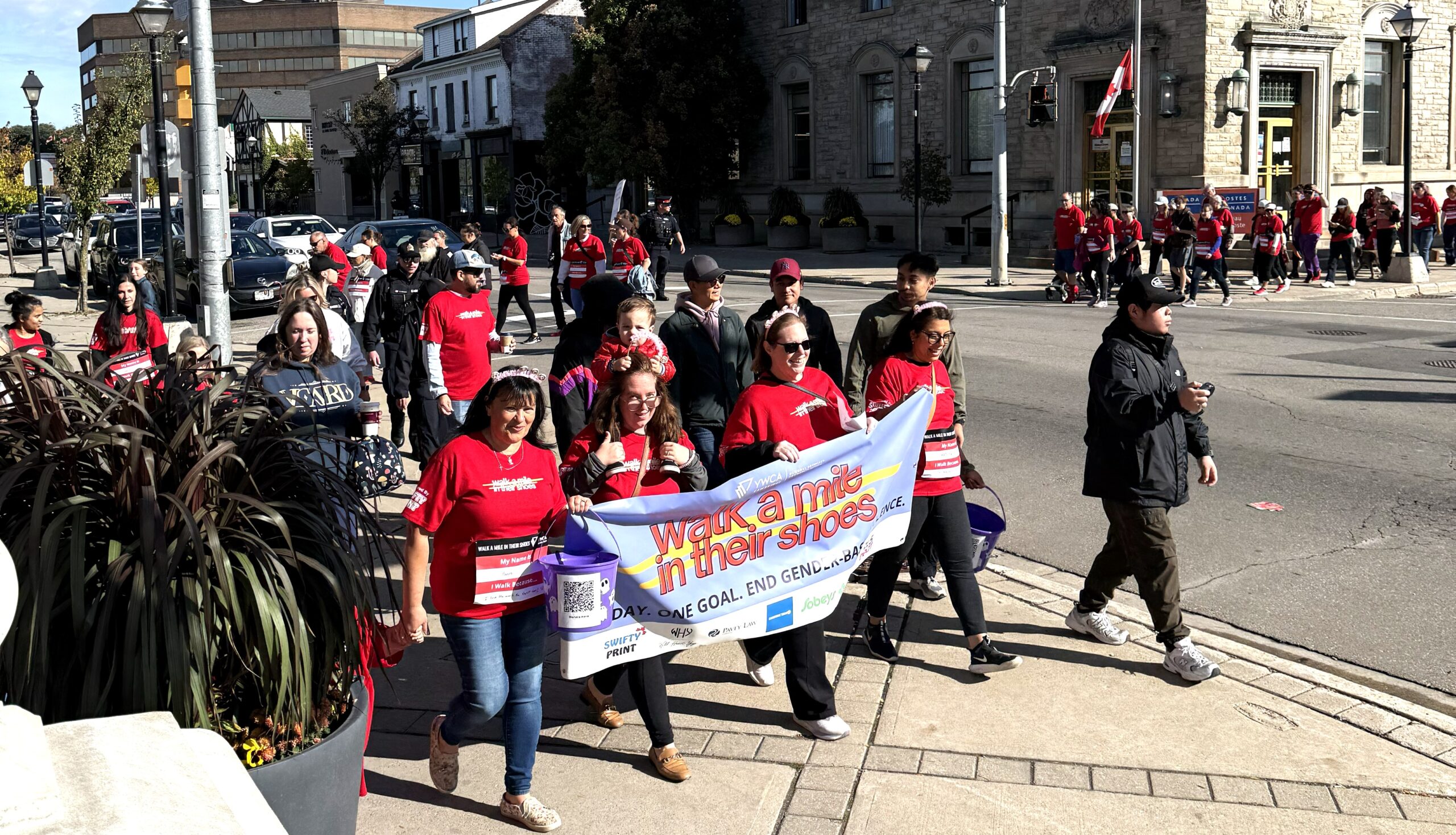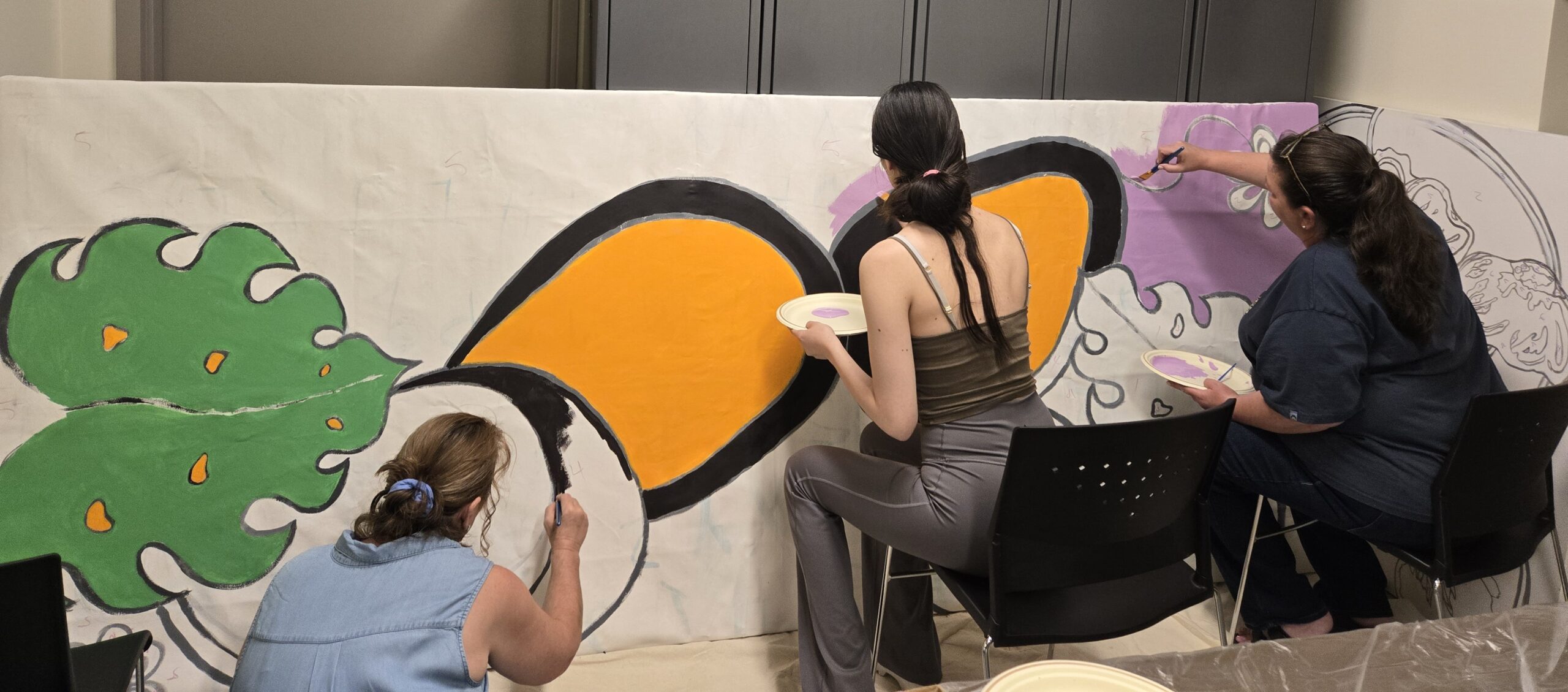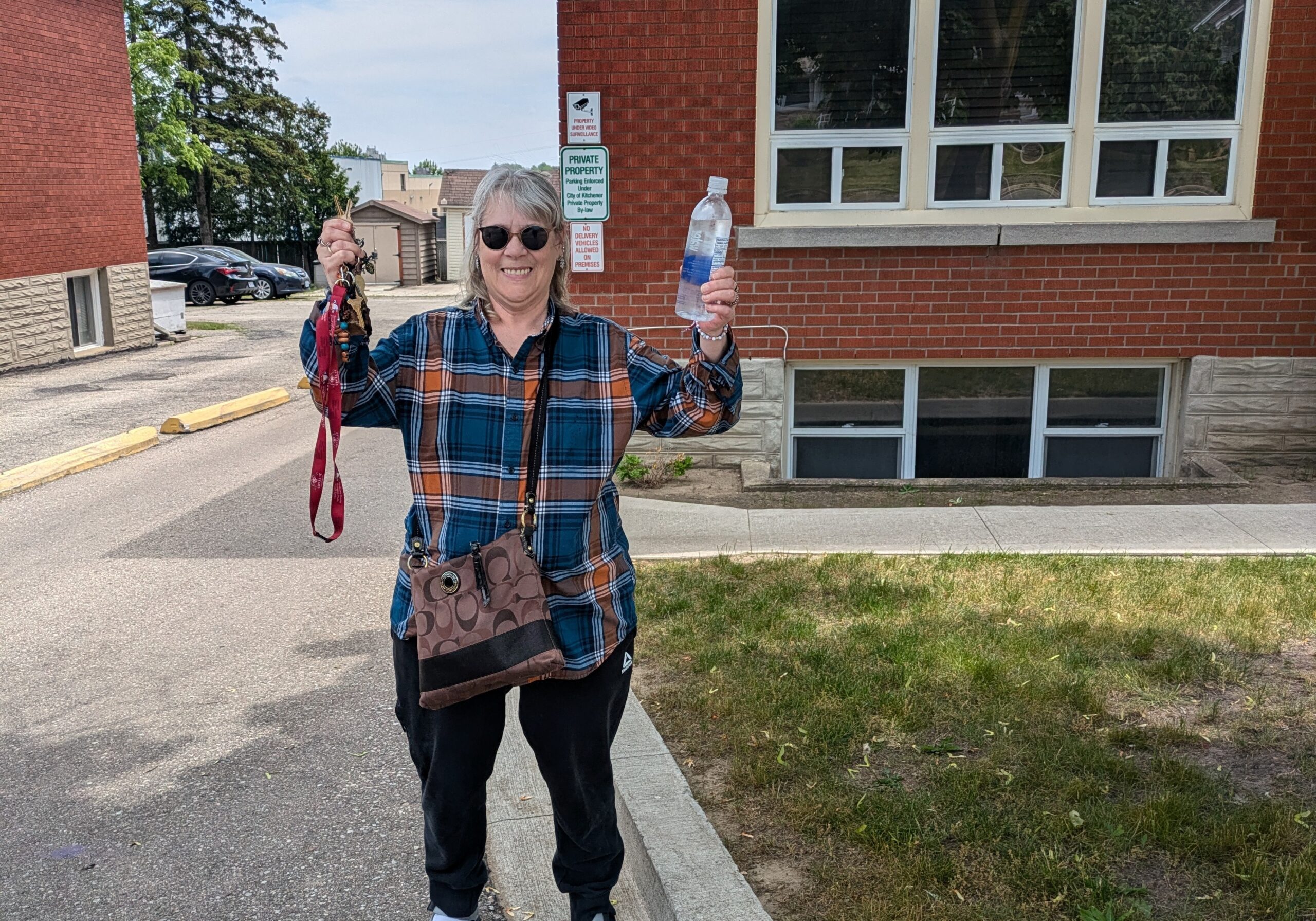Each year on March 8, SAAC proudly joins in the celebration of International Women’s Day: a day to champion the social, political and economic achievements of women while focusing attention on areas which require further action. Each year since 1911, the United Nations declares an annual theme for International Women’s Day: this year, the theme is Inspiring Change. The question as I see it for this year is twofold: what areas require further action, and what can inspire this change?
As member agencies of YWCA Canada (this country’s oldest and largest women’s multi-service organization), YWCA Cambridge and YWCA Kitchener-Waterloo are often asked to speak on issues which uniquely impact women and girls. One major question (or any combination of the following) we hear often is, “do we really need gender specific programs in 2014? In Canada? Really, aren’t we there yet?” In fact, it’s a question we wish we were able to discuss more often because it is an issue which warrants discussion. The easy answer is no, we aren’t there yet: but this question, like the work involved to break down gender inequality, is multi-layered and complex and requires focused attention. Though we have made significant strides in gender justice in this country, we still have a long way to go. Every year, the World Economic Forum measures the progress of the world’s nations in closing the gap between the participation of men and women in four areas: education, health, the economy, and politics. Canada consistently scores around .7 out of 1.0 (with 1.0 representing no gap). More worrying is the rate of change over the past twenty years. Canada’s gender gap score has climbed a mere 2.3% in two decades, (from .715 in 1993 to .738 in 2012). Translation: at this rate it will take Canada 228 years to “get there.”
Perhaps one example that demonstrates this clearly is Canada’s lack of action on its missing and murdered Aboriginal women. Equality between women and men is a fundamental principle of International law as established in the UN Charter: however, in December 2011, when the House of Commons Standing Committee on the Status of Women released its final report on violence against Aboriginal Women, the Harper government ignored this report and turned their backs on this International law. The facts outlined in this report indicated clear violations of the UN’s Convention for the Elimination of Discrimination against Women (CEDAW). After being approached by the Native Women’s Association along with the Canadian Feminist Alliance for International Action, the United Nations sent a team to Canada to conduct an inquiry of the CEDAW violations. They noted that in 2008 and again in 2010, the Canadian government had failed to live up to its obligations, and requested Canadian authorities “to urgently provide further information on measures undertaken to address such concerns.” This marked the first investigation CEDAW ever conducted in a developed country.
Gender inequality is an urgent social justice issue in this country which we ignore and mislabel each day. With our children, we call it “bullying,” lumping myriad forms of discrimination together and making invisible issues such as misogyny, homophobia or sexism. All these are forms of violence which affect young women and young men differently. Adolescence, specifically, is a time when girls transition into more precarious situations than their male counterparts. Nationally, teenage girls are three times as likely as boys to suffer from depression, and girls aged 10-14 are five times as likely as boys to be hospitalized for attempted suicide. Boys need these spaces too: and there are great agencies working in partnership with YWCAs all over the world to prioritize boys. White Ribbon, the world’s largest effort of men and boys working to end violence against women and girls, states that “the fundamental question has shifted from “why” we should work with men and boys to how we work with men and boys.” Without a place for boys to examine the social construction of masculinity and their own roles in a patriarchal system, and to investigate issues of consent, boundaries and healthy masculinity, we are doomed to see history repeat itself.
Our answer then, to both questions posed, is an investment in young women. They need our attention, and they can inspire this change. We know the best long-term strategy for increasing women’s leadership and therefore fostering a more equal community and society is to prioritize girls. We need to believe in their ideas, champion their voices, and most importantly to provide them opportunities to break down the limitations they are literally sold every day about what they’re able (and not able) to become. We need to give them the proper names for the violence that affects them: because contrary to popular opinion, our words are just as important, and just as powerful, as our actions.
On March 8, we hope you can find a way to inspire change too.
